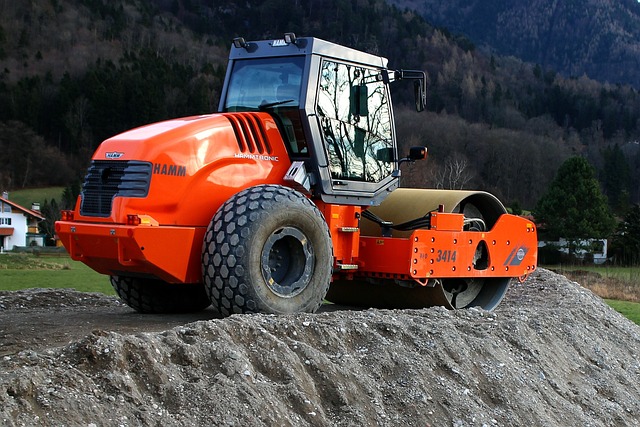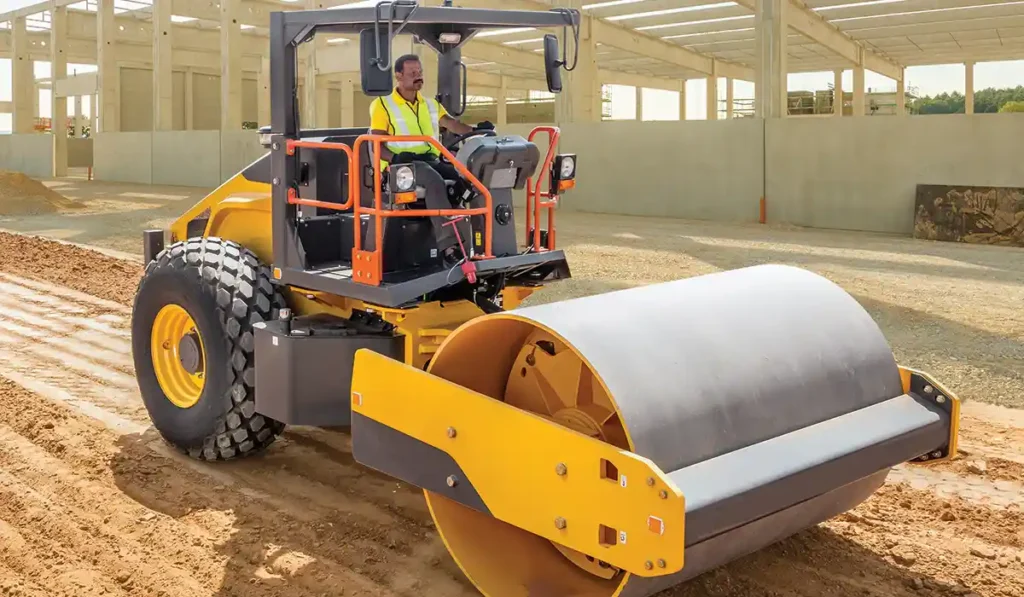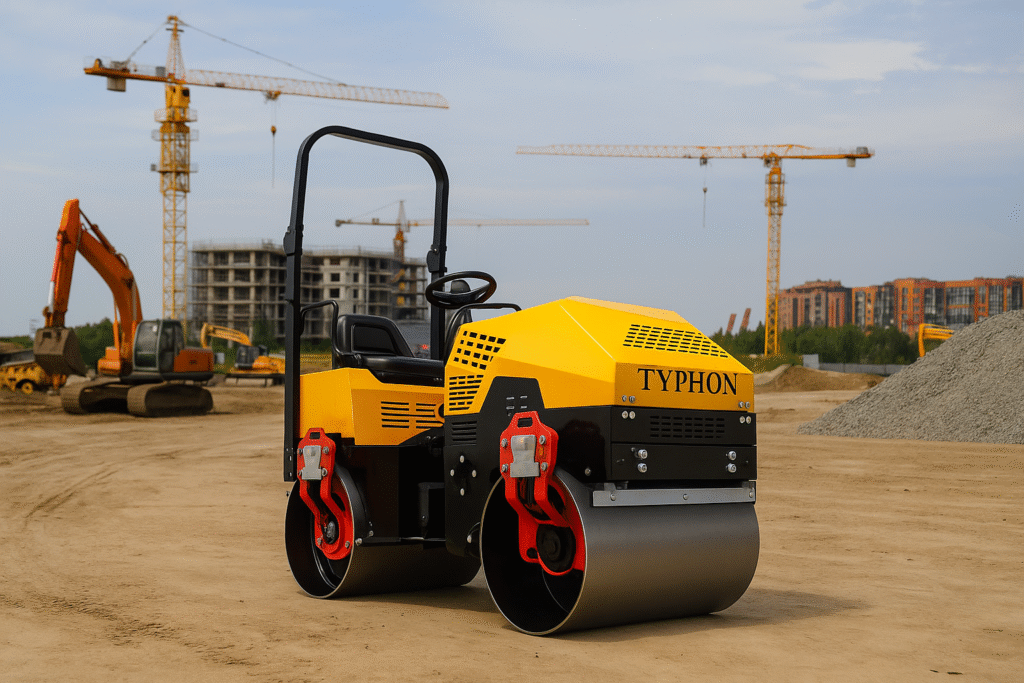Roller compactors are essential equipment in the construction and road building industry. They are used to compact soil, gravel, asphalt, and concrete to create a solid and stable foundation for various structures. However, operating roller compactors can be hazardous if proper safety measures are not in place. In this article, we will discuss the safety features and certifications that are crucial for roller compactors.
Safety Features
1. ROPS (Roll-Over Protective Structure):
ROPS is a structure designed to protect the operator in the event of a rollover. It provides a protective zone around the operator’s seat to prevent injuries in case of an accident. All roller compactors should be equipped with ROPS to ensure the safety of the operator.
2. Seat Belts:
Seat belts are essential for keeping the operator secured in the seat during operation. In the event of sudden stops or rollovers, seat belts can prevent the operator from being thrown out of the seat, reducing the risk of serious injuries.
3. Emergency Stop Button:
An emergency stop button allows the operator to quickly shut down the compactor in case of an emergency. This feature is crucial for preventing accidents and injuries during operation.
4. Safety Guards:
Safety guards are designed to prevent contact with moving parts of the compactor, such as the drum or conveyor belts. They help reduce the risk of entanglement or crushing injuries for the operator and other workers on the site.
5. Visibility Enhancements:
Good visibility is essential for the safe operation of roller compactors. Features such as rear-view cameras, mirrors, and lighting systems can enhance the operator’s visibility, especially in low-light conditions or when working in congested areas.
6. Training and Safety Manuals:
Proper training and access to safety manuals are crucial for ensuring that operators understand the safe operation of roller compactors. Training should cover topics such as equipment inspection, safe operating procedures, and emergency protocols.
Certifications
1. OSHA (Occupational Safety and Health Administration) Certification:
Roller compactors should comply with OSHA standards for construction equipment safety. OSHA certification ensures that the equipment meets the necessary safety requirements and regulations.
2. CE Marking:
In the European Union, roller compactors must bear the CE marking to indicate compliance with health, safety, and environmental protection standards. CE marking is mandatory for machinery sold within the EU and demonstrates conformity with EU regulations.
3. ISO 9001:2015 Certification:
ISO 9001:2015 is a quality management system certification that ensures the manufacturer has implemented processes to consistently deliver products that meet customer and regulatory requirements. This certification indicates a commitment to quality and safety standards.
4. ANSI/ASSE A10.11-2010 Certification:
This American National Standard for construction and demolition operations outlines specific safety requirements for roller compactors and other construction equipment. Compliance with this standard demonstrates a commitment to ensuring safe working conditions.
5. NIOSH (National Institute for Occupational Safety and Health) Approval:
NIOSH approval indicates that the equipment has undergone rigorous testing and evaluation to ensure its safety and performance. NIOSH-approved roller compactors meet high standards for operator protection and overall safety.
In conclusion, roller compactor safety features and certifications play a crucial role in ensuring the safe operation of these essential construction equipment. By incorporating the necessary safety features and obtaining relevant certifications, manufacturers and operators can minimize the risk of accidents and create a safer work environment for everyone involved in construction and road building projects.
Learn More : Fuel Efficiency of Roller Compactors and Maintenance Costs





